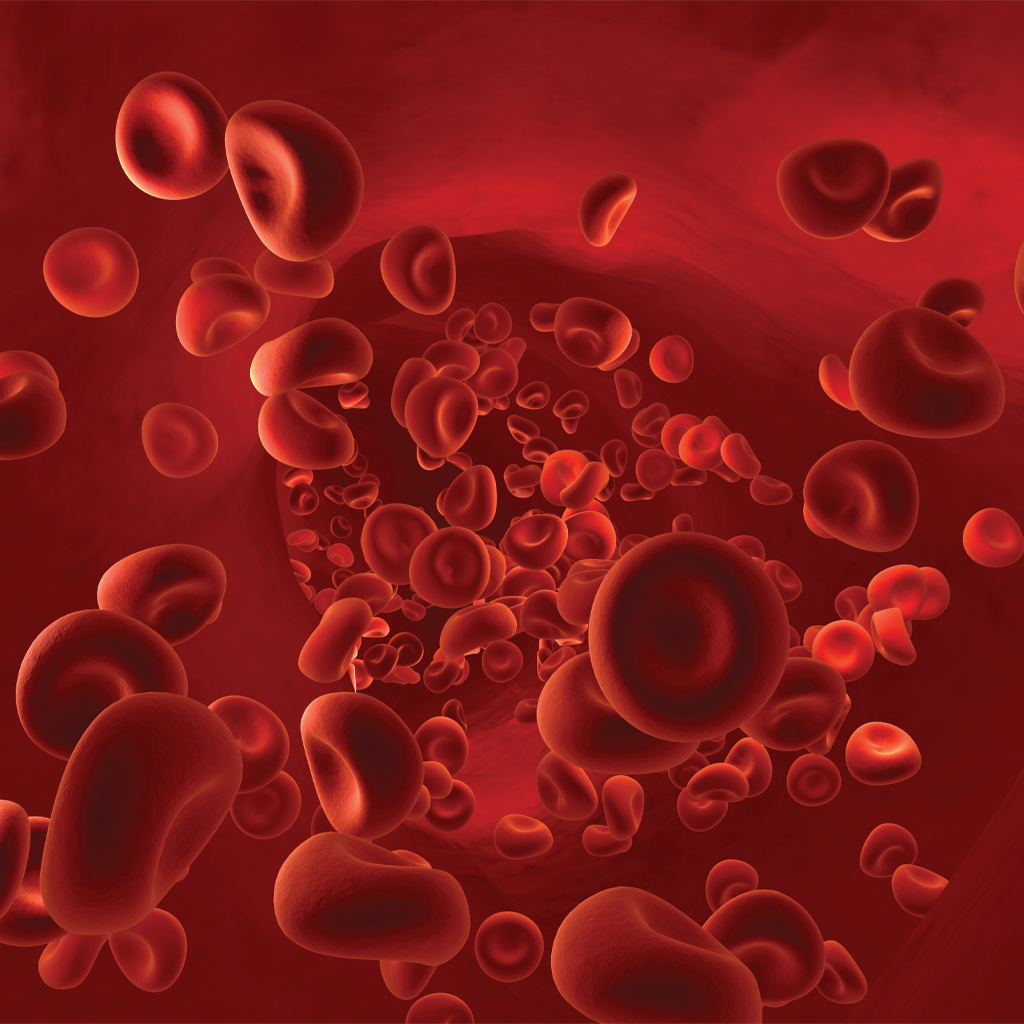Vascular Access at Memphis Vascular Center
Vascular access procedures are performed to enable healthcare providers to more easily access the body’s blood stream. They are used for patients who require frequent blood draws, intravenous (IV) medications, chemotherapy, blood transfusions, kidney dialysis and more. Vascular access avoids the need for repeated needle sticks and gives patients an easier and less stressful way to draw blood or deliver treatment.
Implanted Medical Port
Also known as a portacath or subcutaneous port, this image-guided procedure is performed to place a catheter (a thin, soft and flexible tube) into a vein so that blood may be drawn or medication can be infused directly into the blood stream. The other end of the catheter connects to a small device (about the size of a quarter) just under the skin in the chest, arm or abdomen. The implanted medical port can remain in place for weeks, months of years.

